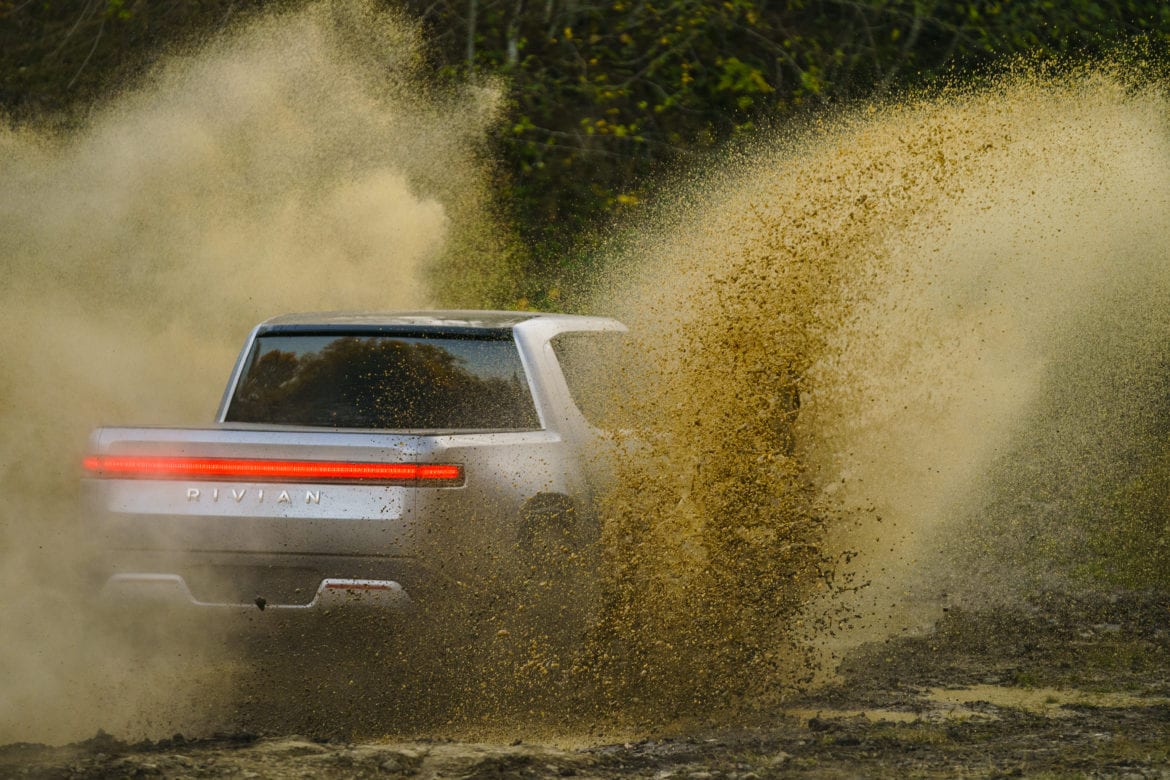If you take one look through Rivian’s website and marketing material you will quickly realize that they consider customers who adventure out into the wild as their core consumer (I mean who else sells a built-in kitchen?). Ambitions of going off-road of course are harder to pull off when you’re going off a grid that isn’t exactly packed with charging stations even in the most populated of places. It’s not like you can carry spare batteries like you can gas cans. Fortunately, it looks like Rivian has thought of this and will be looking to place charging stations away from interstates and city streets.
Rivian continues to prove that they might actually be worth all the hype that they have built up over the past few years. On top of providing what look to be compelling electric cars, the EV startup is also looking to maintain their own charging network that will cater to the needs of their customers, and won’t ignore the ones who like to go off the beaten path.
Rivian founder and CEO RJ Scaringe sat down with TechCrunch to discuss the company’s future plans regarding their upcoming charging network. While charging networks in of themselves aren’t particularly exciting, ones that branch away from the typical charging locations might pique some of our interests.
Scaringe told TechCrunch:
“We’re excited about the opportunity to create Rivian charging locations that aren’t on the interstate, that help draw you or enable you to go to places that normally are not the kinds of places that invite or welcome electric vehicles because of charging infrastructure. We’ve spent a lot of time thinking about how you can essentially create these curated drives where, depending on your point of interest, you can pick different paths. If you want to stop midway through the trip for a one-mile, two-mile or five-mile hike, you know, here’s a route that you want to take and here’s a charging location right next to it.”
The chargers in these destinations will not be the same fast-chargers that will be on the side of interstates, but given that you most likely aren’t in a rush when you are in these locations it shouldn’t be an issue.
Final locations haven’t been announced and it will still be a long time before we see a fully built-up Rivian charging network. Scaringe expects “dozens” of charging stations (each with about six chargers) to be built in 2021. He also envisions a “dense coverage” of the country to be achieved by 2023 or 2024. Rivan owners however will not be limited to just using Rivian’s charging network as both the R1T and R1S both use CCS plugs which are offered by basically every third-party charging solution such as ChargePoint or Electrify America. Rivian does however want to maintain a network that they have full control over in regards to pricing and upkeep. It is still uncertain if other CCS-equipped vehicles will be able to use these chargers or if Rivian will lock them out.
Will there actually be a relevant amount of chargers placed in adventurous spots or will only a few be placed in some national parks and Rivian will call it a day? So far the startup has been saying and doing the right things so maybe they’ll start to whittle away at the last few advantages gasoline vehicles have. We will have to wait and see how their initial charging network rollout happens and what kind of locations Rivian is prioritizing.
What do you guys think of the strategy and chance of success? Let us know down in the comments below.
